Cinemas in the ’70s were all about charm—sticky floors, clunky reels, and seats that doubled as medieval torture devices. The popcorn had one butter option, intermissions were a must, and the vibe? Pure nostalgia. It wasn’t fancy, but it was an experience.
Today’s theaters are like the A-list version of their ’70s selves. Reclining seats, sound that shakes your soul, and gourmet snacks that make nachos look basic. Sure, the tickets might cost more than dinner, but who needs romance when there’s IMAX?
While modern theaters are a luxury, the grit and simplicity of ’70s cinemas still hold a special place in our hearts. Here are seven big ways movie-going has evolved—and why both eras are worth the trip.
Digital Projection
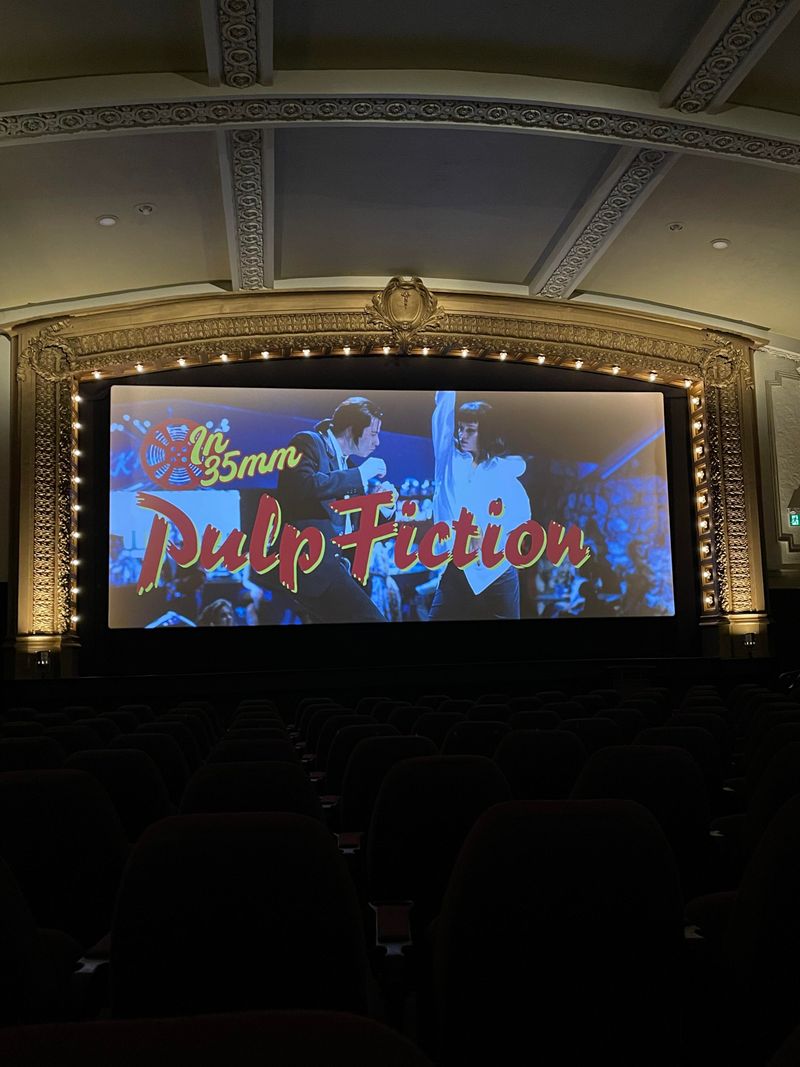
Cinemas have moved from film reels to digital projection, revolutionizing the movie-going experience. This shift began in the late 1990s and became widespread in the 2000s. Digital projection offers clearer images and easier distribution for theaters.
Gone are the days of physical reels that could get damaged. Instead, films are now stored on hard drives, allowing for seamless playback. This transition has also made it easier for theaters to show a variety of films, including 3D and IMAX formats.
Audiences benefit from sharper visuals and consistent quality, enhancing the overall viewing experience.
Luxury Seating
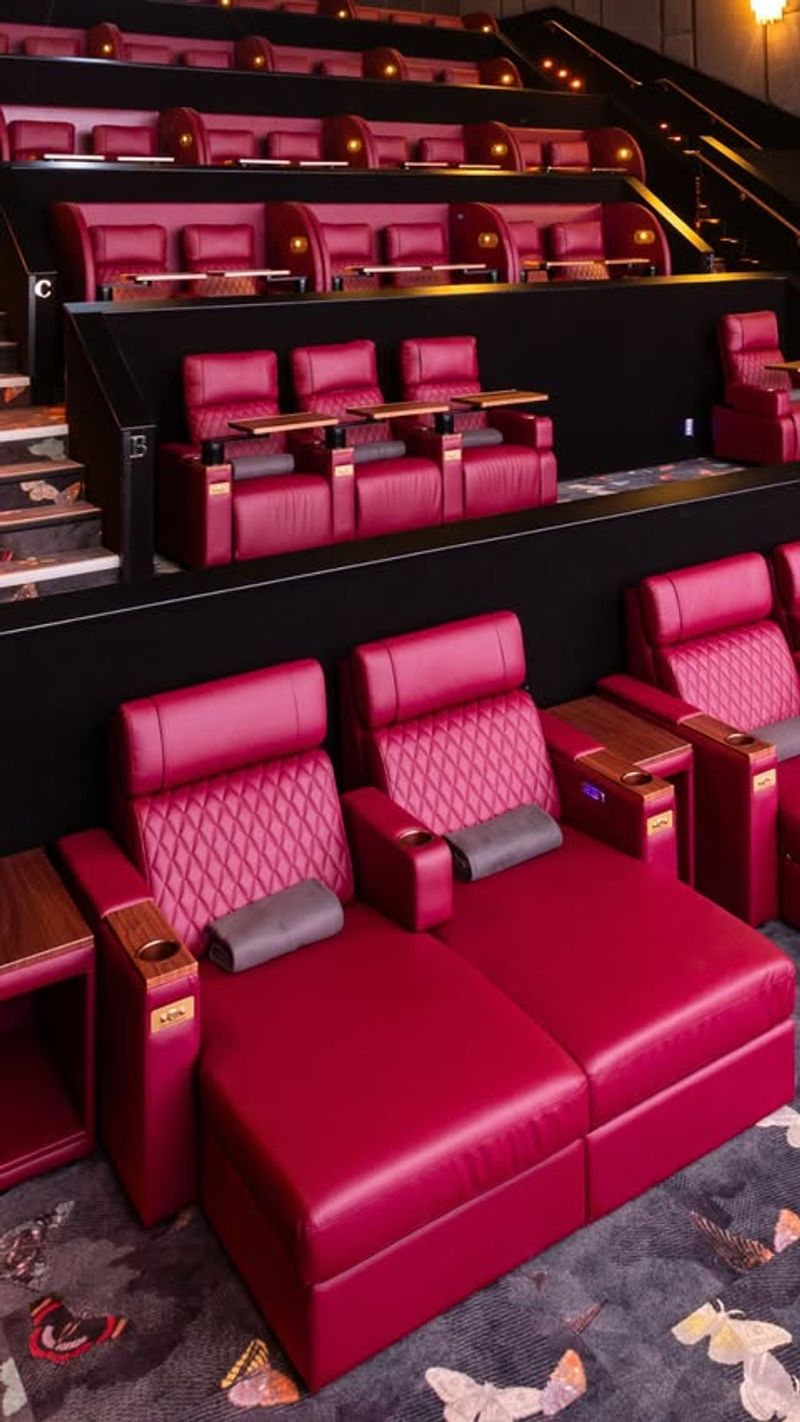
Modern cinemas now feature luxury seating that prioritizes comfort. Reclining chairs with ample legroom and soft cushions are a significant upgrade from the cramped seating of the past.
This change caters to audiences who seek a more enjoyable and relaxing experience while watching films. Many cinemas also offer seat-side service, allowing viewers to order food and drinks without leaving their seats.
By enhancing comfort, cinemas attract more patrons, encouraging repeated visits. This focus on luxury has set a new standard in the industry, making movie-going a more appealing leisure activity.
Advanced Sound Systems
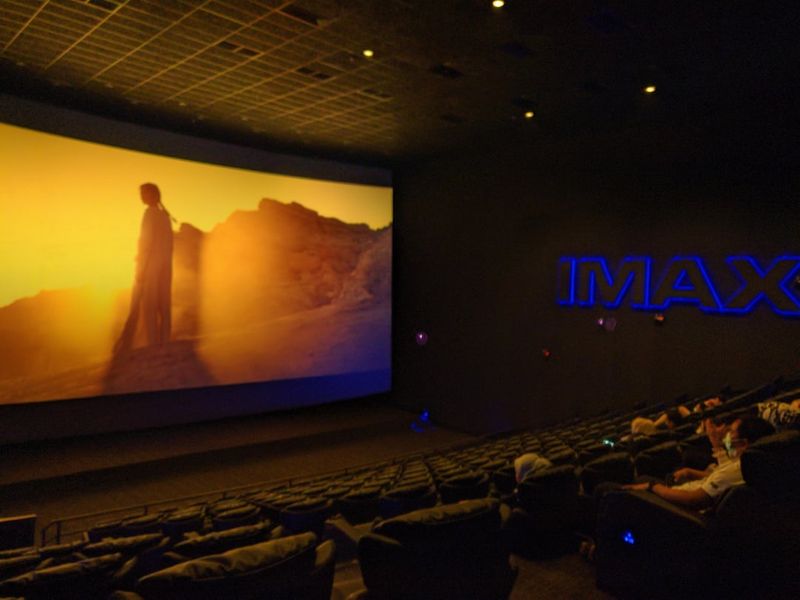
Sound technology in cinemas has seen tremendous advancements since the ’70s. The introduction of surround sound systems, such as Dolby Atmos, has transformed audio experiences.
These systems immerse audiences in the film, making them feel as if they are part of the action. This technological leap allows for a more dynamic and engaging auditory experience, unlike the basic stereo sound of earlier times.
With precise sound placement, scenes become more vivid and impactful, keeping audiences on the edge of their seats. This evolution in sound technology enhances the emotional connection to the film.
Diverse Concessions
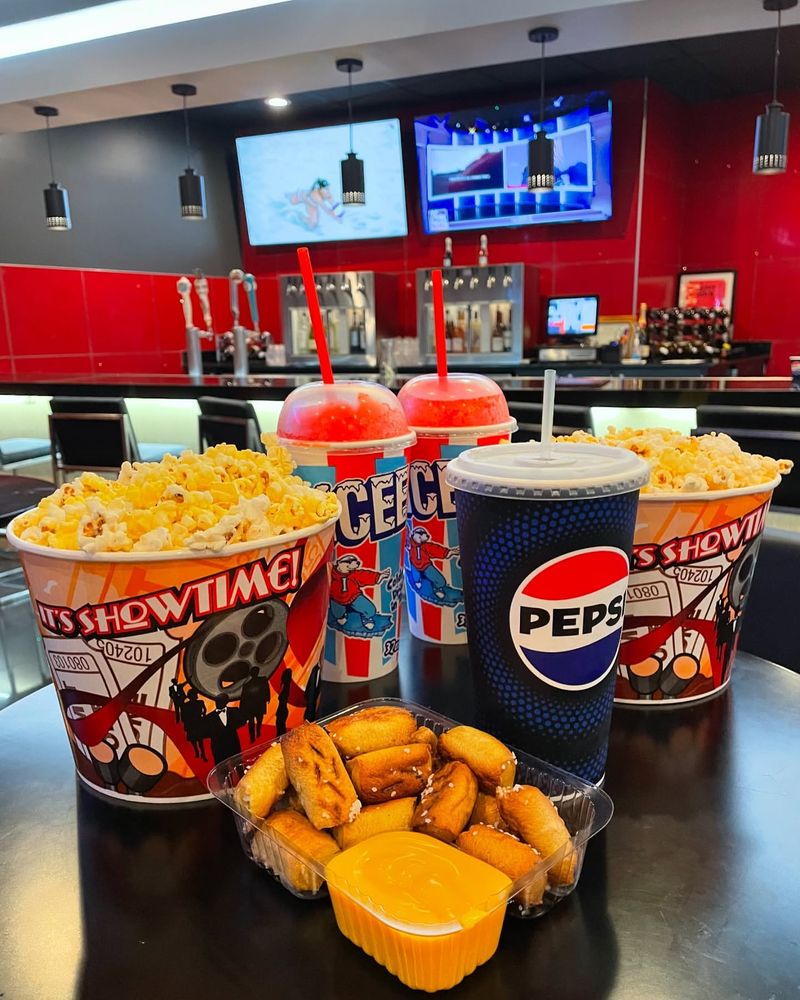
Cinemas have expanded their concession offerings beyond traditional popcorn and soda. Today, moviegoers can enjoy a wide range of gourmet snacks, including flavored popcorn, artisanal candies, and upscale beverages.
This diversification caters to contemporary tastes and dietary preferences, providing audiences with more options to enhance their experience. By offering unique and high-quality snacks, cinemas appeal to food enthusiasts and offer a personalized viewing experience.
Additionally, many theaters now include alcohol options like craft beer and wine, elevating the social aspect of movie-going, making it a more versatile outing.
Online Ticketing
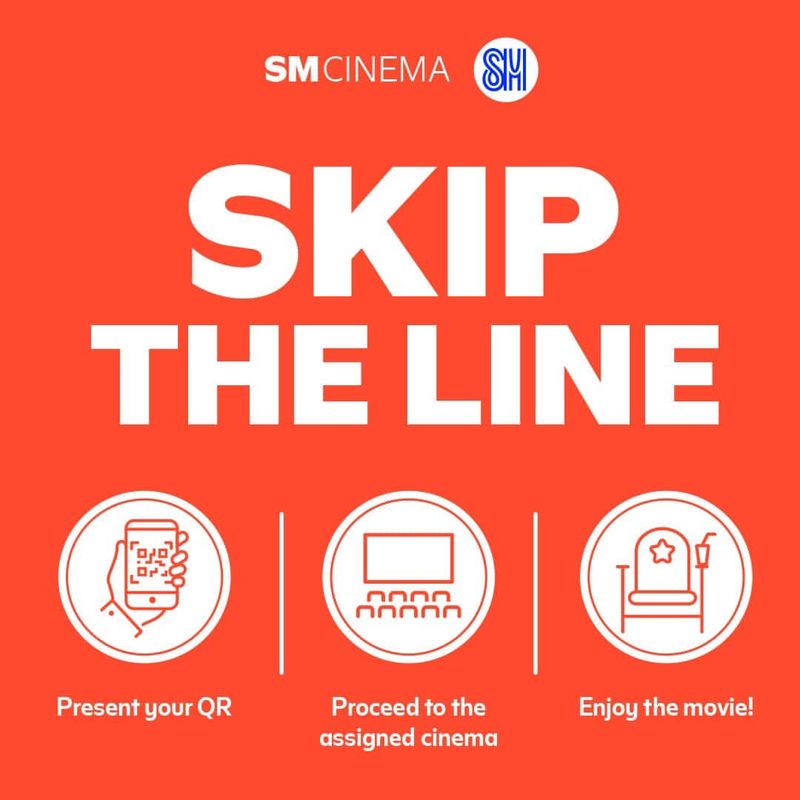
The rise of online ticketing systems has revolutionized the way people purchase cinema tickets. Gone are the long queues at the box office, replaced by convenient mobile apps and websites.
Audiences can now book their favorite seats in advance, ensuring a hassle-free experience. This digital shift provides flexibility, allowing moviegoers to plan their visits easily and efficiently.
Furthermore, online ticketing often comes with benefits such as discounts and loyalty points, encouraging customers to visit more frequently. This seamless process aligns with the digital age’s demand for quick and accessible services.
Enhanced Visual Formats
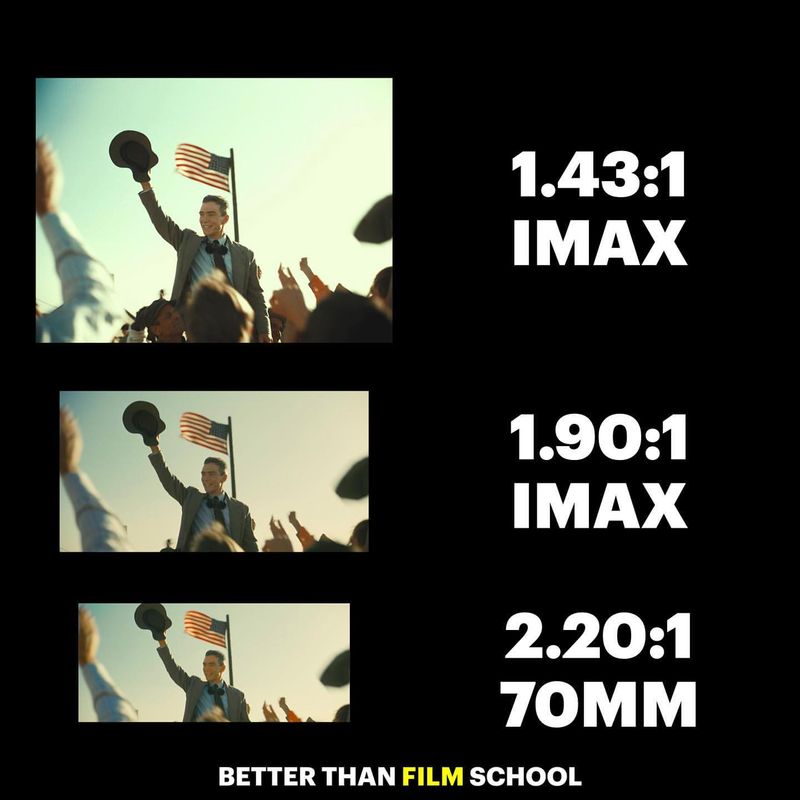
Cinemas have embraced enhanced visual formats like 3D and IMAX, offering more immersive experiences. These technologies allow audiences to feel as if they are part of the on-screen action.
The introduction of high-definition and laser projection systems has pushed the boundaries of visual storytelling. Movies now feature more vibrant colors and intricate details.
These advancements cater to audiences’ growing desire for visually stunning experiences, setting new expectations for cinematic presentations. As technology continues to evolve, cinemas are likely to further enhance visual formats, keeping the audience engaged and entertained.
Cinematic Events and Themes
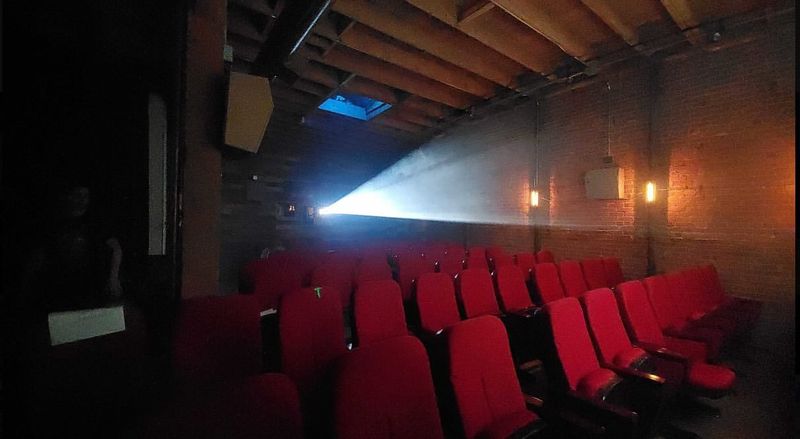
Cinemas have become venues for unique cinematic events and themed screenings, moving beyond just showing films. These events include marathons, sing-alongs, and interactive showings that engage audiences differently.
Participating in themed events allows moviegoers to celebrate their favorite films in creative and communal ways. This adds a social element, turning a regular movie night into an exciting event.
Such innovations cater to niche interests and foster a sense of community among fans, making cinemas more than just a place to watch movies but an immersive entertainment destination.
